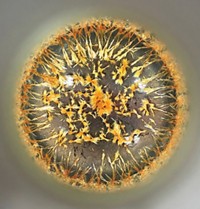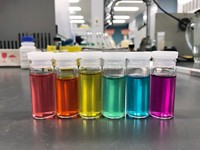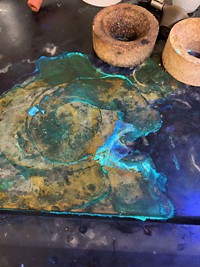Advertisement
Grab your lab coat. Let's get started
Welcome!
Welcome!
Create an account below to get 6 C&EN articles per month, receive newsletters and more - all free.
It seems this is your first time logging in online. Please enter the following information to continue.
As an ACS member you automatically get access to this site. All we need is few more details to create your reading experience.
Not you? Sign in with a different account.
Not you? Sign in with a different account.
ERROR 1
ERROR 1
ERROR 2
ERROR 2
ERROR 2
ERROR 2
ERROR 2
Password and Confirm password must match.
If you have an ACS member number, please enter it here so we can link this account to your membership. (optional)
ERROR 2
ACS values your privacy. By submitting your information, you are gaining access to C&EN and subscribing to our weekly newsletter. We use the information you provide to make your reading experience better, and we will never sell your data to third party members.
Keep an eye on the center vial in each row. After being put under ultraviolet light (middle row) the solution of pentacene went from purple to colorless. Postdoc Tim Atallah and Assistant Professor Justin Caram at UCLA noticed that when they tried to get an ultraviolet spectrum of pentacene, the sample appeared to partially degrade. To figure out what was going on, they put the sample under a UV lamp to see what would happen. Within a few seconds (as long as it took to snap this photo), the pentacene molecules absorbed some of the UV light’s energy, allowing them to react with small amounts of gas also floating around in the solution. The UCLA researchers think this reaction yielded what they believe is colorless pentacenequinone, which glows blue under the UV light. The other vials contain solutions of rubrene (left) and bis(triisopropylsilylethynyl)pentacene (right), both of which survived the UV irradiation.
Submitted by Tim Atallah & Justin Caram
Do science. Take pictures. Win money. Enter our photo contest here.
For more Chemistry in Pictures, visit our new home on cen.acs.org.






Join the conversation
Contact the reporter
Submit a Letter to the Editor for publication
Engage with us on Twitter